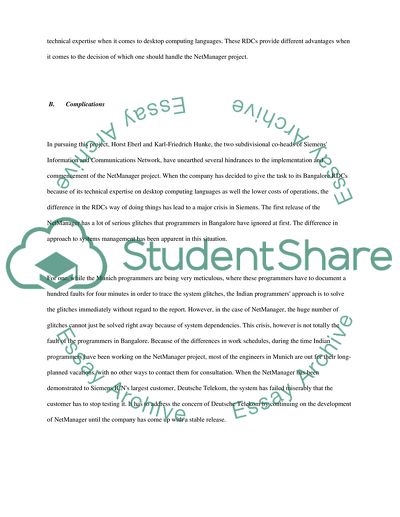Cite this document
(“Global Development Strategy of Siemens AG Case Study”, n.d.)
Retrieved from https://studentshare.org/marketing/1559433-siemens-ag-global-development-strategy-case-study
Retrieved from https://studentshare.org/marketing/1559433-siemens-ag-global-development-strategy-case-study
(Global Development Strategy of Siemens AG Case Study)
https://studentshare.org/marketing/1559433-siemens-ag-global-development-strategy-case-study.
https://studentshare.org/marketing/1559433-siemens-ag-global-development-strategy-case-study.
“Global Development Strategy of Siemens AG Case Study”, n.d. https://studentshare.org/marketing/1559433-siemens-ag-global-development-strategy-case-study.


